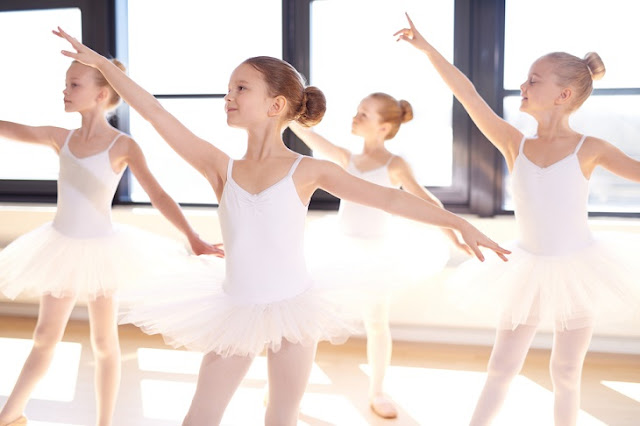Ballet – A Dance Form for Everyone
Every dance move involves gestures, expressions, and sequences of creative movements having aesthetic and symbolic value. There is one or the other form of dance not just in every country, but every state, and in olden times, even every village. Ballet dancing is one such that has European origins, in renaissance Italy.
Ballet Dance – The Many Types
Ballet dancing, apart from the aesthetics, is all about flexibility, stretching, discipline, and grace. Ballet dance can be called as a workout on the floor involving “ballet muscles” of the core and legs. There are several classical and contemporary ballet styles based on their training styles. The most well known methods of formal and professional on-stage ballet dancing include Cecchetti method, Vaganova method, Royal Academy of Dance method, Bournonville, Balanchine Method, etc. Some of the best classical ballet productions are Swan Lake, The Nutcracker, and Sleeping Beauty. Most well known contemporary and modern forms are Graham, Cunningham, and release techniques.
 |
| Ballet Dance Classes |
Ballet Classes for Everyone
Over the years, ballet experts have opened many professional ballet dance classes across the globe enabling ballet enthusiasts to learn the nuances of this dance form.
- These classes are open both for children as well as for adults. These professionals impart classes through systematic age-specific training methodologies.
- Most contemporary ballet dance classes offer a blend of Cunningham, Graham and release techniques. Enrolling for ballet classes not only help you learn an art form, but also frees your mind by undertaking a lot of stretching and maneuvering of body parts to the rhythm and tempo of music. This helps tone and strengthen the entire body resulting in a wholesome experience.
- Ballet dancing is all about grace, poise and the right technique to dance with a professional guidance. So, it is very important to choose the ballet classes only if you are aware of the dancer’s professional experience.
Ballet Versus the Traditional Classical Dances:
- Ballet is the first alternative to traditional classical dances, for parents who prefer to train their children in a European dance form.
- By enrolling children in a professional ballet dance class, they learn to follow instructions and imbibe a sense of discipline by having to focus on the new steps and sequences. These steps assist in developing and strengthening balance and coordination of body movements.
- Interaction with other peers during dancing molds their social skills, confidence, and team spirit. With each class, they go on to understand and analyze each technique and moves and makes effort to synchronize their body and mind.
 |
| Ballet Dance |
Ballet is Suitable for All Age Groups, Including Adults:
While parents enroll their wards to ballet classes to teach their children a European dance form and to have all the advantages of learning a dance form, adults enroll mostly to win back opportunity lost or unavailable during their childhood as well as for physical fitness.
- One of the main reasons why adults take to dance is that it makes people happier by reducing stress. There is thick interaction between dance students and their teachers and are deeply focused in a different activity that helps them be detached from their daily grind, making them feel rejuvenated and mentally relaxed.
- One of the common factors of all dance forms is that they facilitate general flexibility of the body that helps to stretch muscles and thus improve blood flow relieving tension in the muscles.
- A regular practitioner of dance is thus able to maintain a fit body and mind.
Like every other dance form, it takes more than a lifetime to perfect it, but regular practice and passion can make you a professional. In fact, you can go on to be a professional dancer and earn accolades for your performance by presenting your skills before an audience.








No comments: